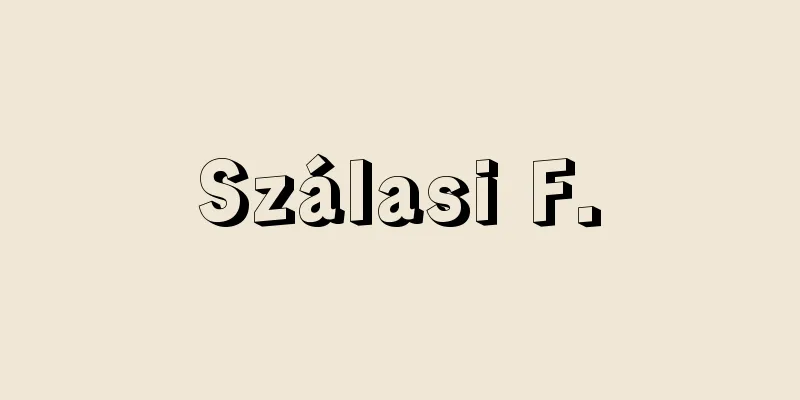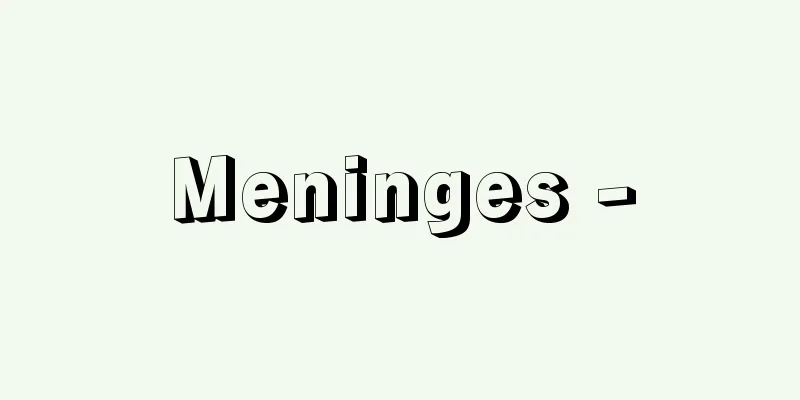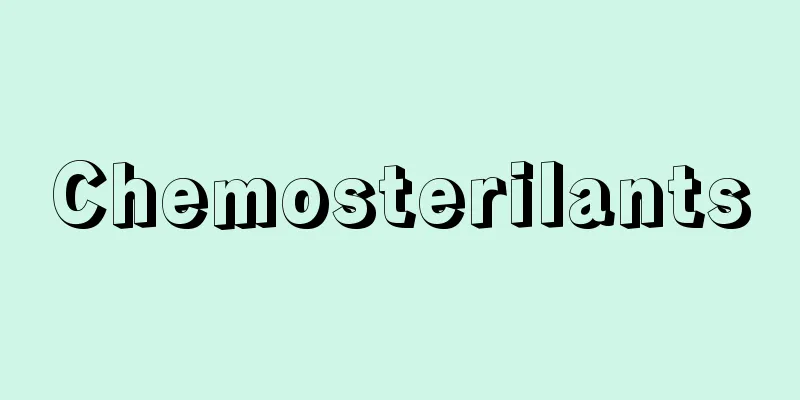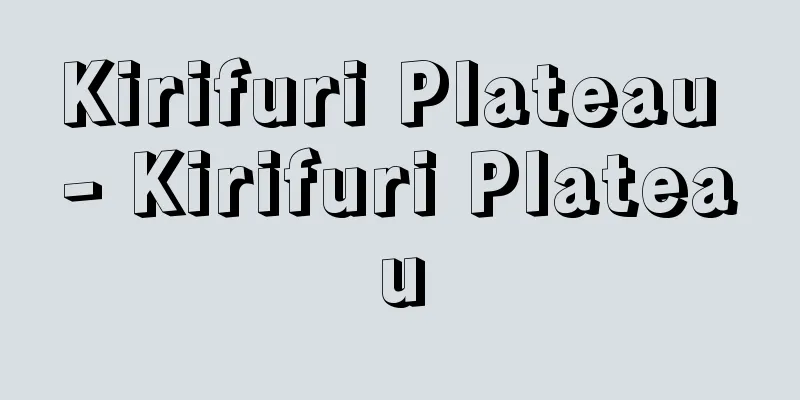Laterite (English spelling)
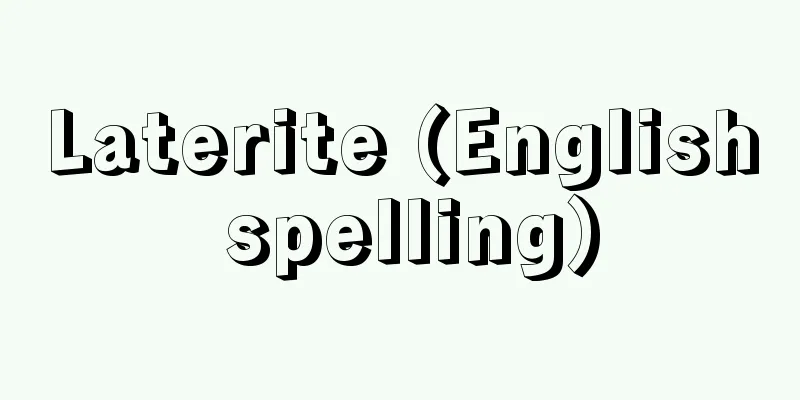
|
A soil rich mainly in iron and aluminium. The term was first used by Buchanan in Madras, India [Buchanan : 1807] for building materials. In India it is found on top of the granite which forms the base of Malaya, and spreads in great masses without any beds. It is very full of cavities and gaps, and contains a great quantity of red and ochre iron. The mass is free of air, and being soft it can be easily cut with any iron instrument. It can be cut into squares with an axe, or into any desired shape with a large knife. It soon becomes very hard like a brick, and is more resistant to air and water than any brick found in India. Laterite is so widely used as a building material in India, Thailand, and Asia that it is sometimes described as brickstone. Buchanan used both terms interchangeably [Buchanan : 1807]. The term gradually became more widely used to describe a variety of red or reddish secondary deposits rich in iron oxides [Walter: 1889]. It is further used by soil scientists to describe the type of soil formed in areas of weathering in the tropics, and is used to classify many soils. Laterites are classified according to the percentage of Fe2O3 [Fermor: 1911] and the percentage of hydroxides [Lacroix: 1913]. Alexander et al. described laterite as a material rich in secondary iron oxides, alumina, and highly weathered. It is almost devoid of bases and primary silicates, but contains large amounts of quartz and kaolinite [Alexander & Cady: 1962]. The Latin word later means brick. Source: Asakura Publishing Dictionary of Petrology Information |
|
主として鉄およびアルミニウムに富む土壌のこと.この語は最初にブキャナンがインドのマドラスの建築材料に用いた[Buchanan : 1807].インドでは,マラヤラ(Malayala)の基盤をなす花崗岩の上部に位置し,層理は見られず,大きな塊として広がったものである.これには空洞や隙間が非常に多く,赤色や黄土色の鉄を非常に多量に含んでいる.塊の中には空気は排除され,柔らかいので何かの鉄製の道具で容易に切ることができる.斧で四角に切出すことができ,大きなナイフで思いどおりの形に切ることができる.ただちに煉瓦のように非常に堅くなり,空気や水に対する抵抗性はインドで見られるどんな煉瓦よりも良くなる.ラテライトはインド,タイ,および亜細亜で建築材料として広く使われているので,煉瓦石(brickstone)と記述されていることがある.ブキャナンは煉瓦石とラテライトは共に区別せずに用いた[Buchanan : 1807].この語は次第に広く使われ,様々な酸化鉄に富む赤色あるいは赤味がかった二次的な堆積物に用いられた[Walter : 1889].さらにこの語は土壌学者によて熱帯地方の風化作用の地帯で形成された土壌の型として使用され,多くの土壌の分類に使われている.ラテライトは,Fe2O3のパーセント[Fermor : 1911]および水酸化物のパーセント[Lacroix : 1913]によって分類されている.アレキサンダーらは,ラテライトを二次的な酸化鉄,アルミナに富み風化の進んだ物質として記載している.これはほとんど塩基と一次的な珪酸塩にが欠けているが,多量の石英とカオリナイトが含まれている[Alexander & Cady : 1962].ラテン語のlaterは煉瓦の意味. 出典 朝倉書店岩石学辞典について 情報 |
<<: Lateran Agreement - Lateran Treaty
Recommend
AE (Metal) - AE
...The phenomenon in which energy stored in a sol...
Tritoma
…All of them are mycophagous and live on mushroom...
Navigable semicircle
In the Northern Hemisphere, it refers to the left...
Sofukuji Temple
[1] A temple of the Daitoku-ji school of the Rinza...
Telemetry - Telemetering
The transmission of measurement results to a locat...
Eastern Wei
534〜550 During the Northern and Southern Dynasties...
Cult Cat - Karutoneko
...Breeds are broadly divided into short-haired a...
《Dictionnaire française》(English spelling)Dictionnairefrancaise
…He associated with Parisian writers such as Pati...
Snake - Snake
A general term for reptiles belonging to the order...
Rudolf Clausius
German physicist. Born on January 2nd in Köslin, ...
Welfare pension - Fukushinenkin
The non-contributory national pension was establis...
Tsuboi Gendou - Tsuboi Kanemichi
A proponent of standard gymnastics. Born in Nakay...
fan vault
…In Western Europe, stone vaults began to be used...
Reverse pitch propeller
…When the propeller of a broken engine on a multi...
Proknē (English spelling)
In Greek legend, she was the daughter of Athenian...


